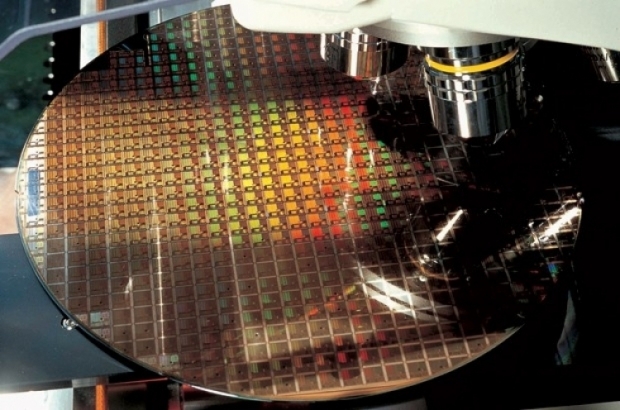Intel and Nvidia will take a while to get to 7nm, let alone 5nm, as they make dramatically bigger chips than the mobile SoCs. Apple is known for cleaning up the manufacturing process and helping the industry to polish up little bugs with its early adoption of a new manufacturing process. Apple was again first and the biggest customer of TSMC for 7nm and it will stay that way.
The 5nm phones are expected in the latter part of 2020 and not even Apple can make it in 2019, it is just too early. It looks like the industry will live with two generations of 7nm before we move down to 5nm. This is not tragic, but it won’t make the performance improvement from generation to generation easier. This is the time when companies innovate with architecture and smart ways on how to save power and further optimize the performance and die area.
The year 2020 will be big
The year 2020 is the year where most countries will be ready for 5G and that means that the industry will go through two generations of 7nm. Apple might be first again in September 2020 (if all goes as planned) and shipping for revenue mostly in Q4 2020. Huawei should not be that far away, and Qualcomm is expected to announce the 5nm chip in late 2020 and ship in early 2021.
ARM already revealed its Hercules client CPU processor that can be manufactured in 7nm and 5nm, scheduled for 2020 and this gives you an idea what Huawei, Qualcomm, and MediaTek will have in the similar time frame. Apple uses ARM architecture but makes significant changes to the core. The 7nm has a lot to offer and we will see a lot of great products, especially in the mobile market before we move forward to the 5nm. Before the story was finished, we were reminded how liquid the manufacturing plans are. One of the senior Intel fellows back in 2012 expected the 10nm for Intel to happen in 2015+ and it still hasn't, at least not properly. As per our 2012 report, Mark Bohr, Intel Senior Fellow, Technology and Manufacturing expected to see 10nm, 7nm and even 5nm much earlier, but hey, shrinking transistors and making billions of them work synchronously is a very hard job.
This is why reports and investigations such as this one should always be taken with a grain of salt, as this is the plan today and it will be up to TSMC and its risk production plan in 2019 to prove that 5nm in such a time frame as we suggest is realistic.




